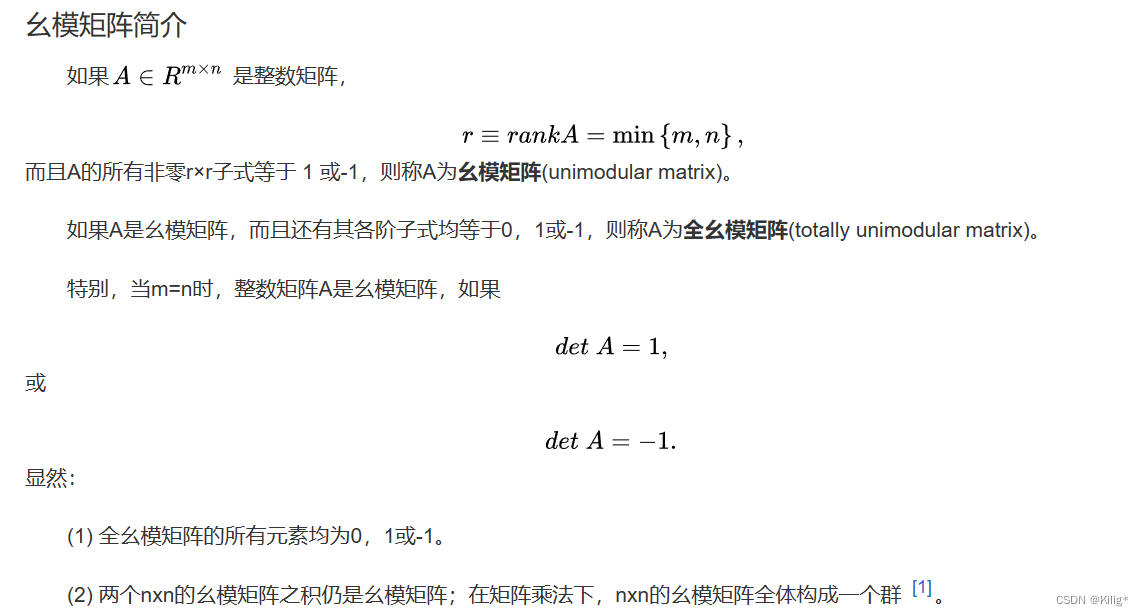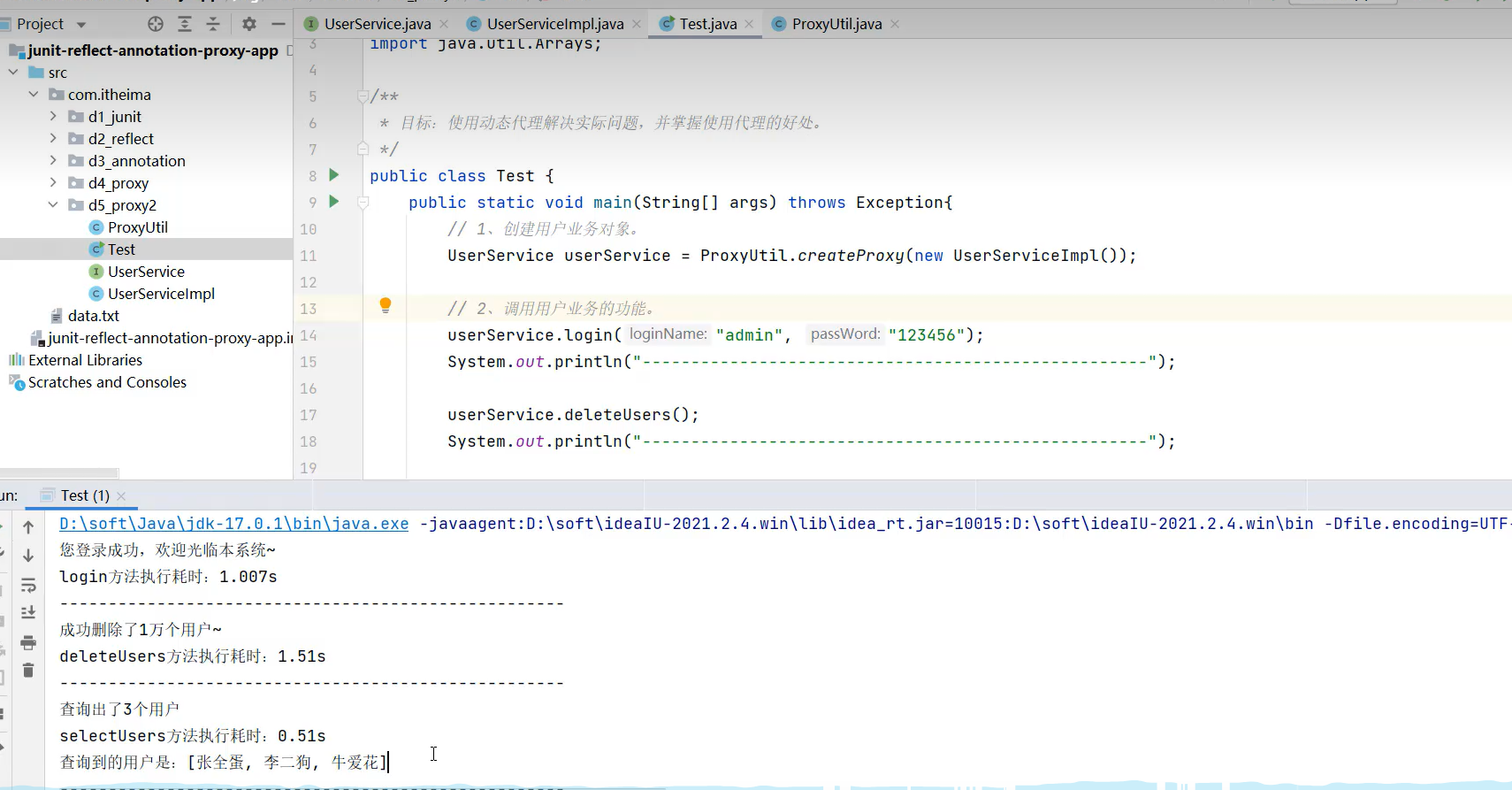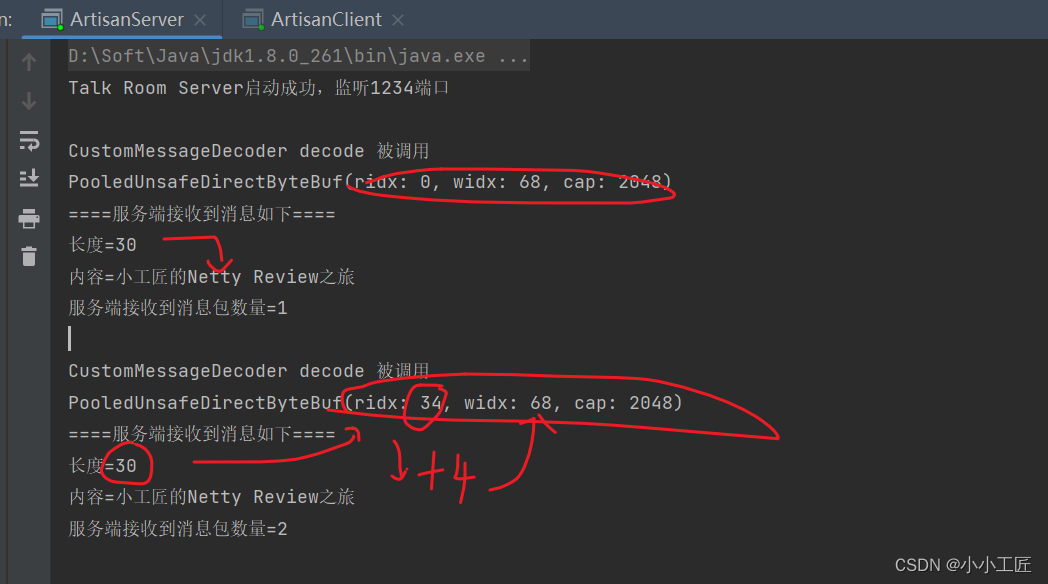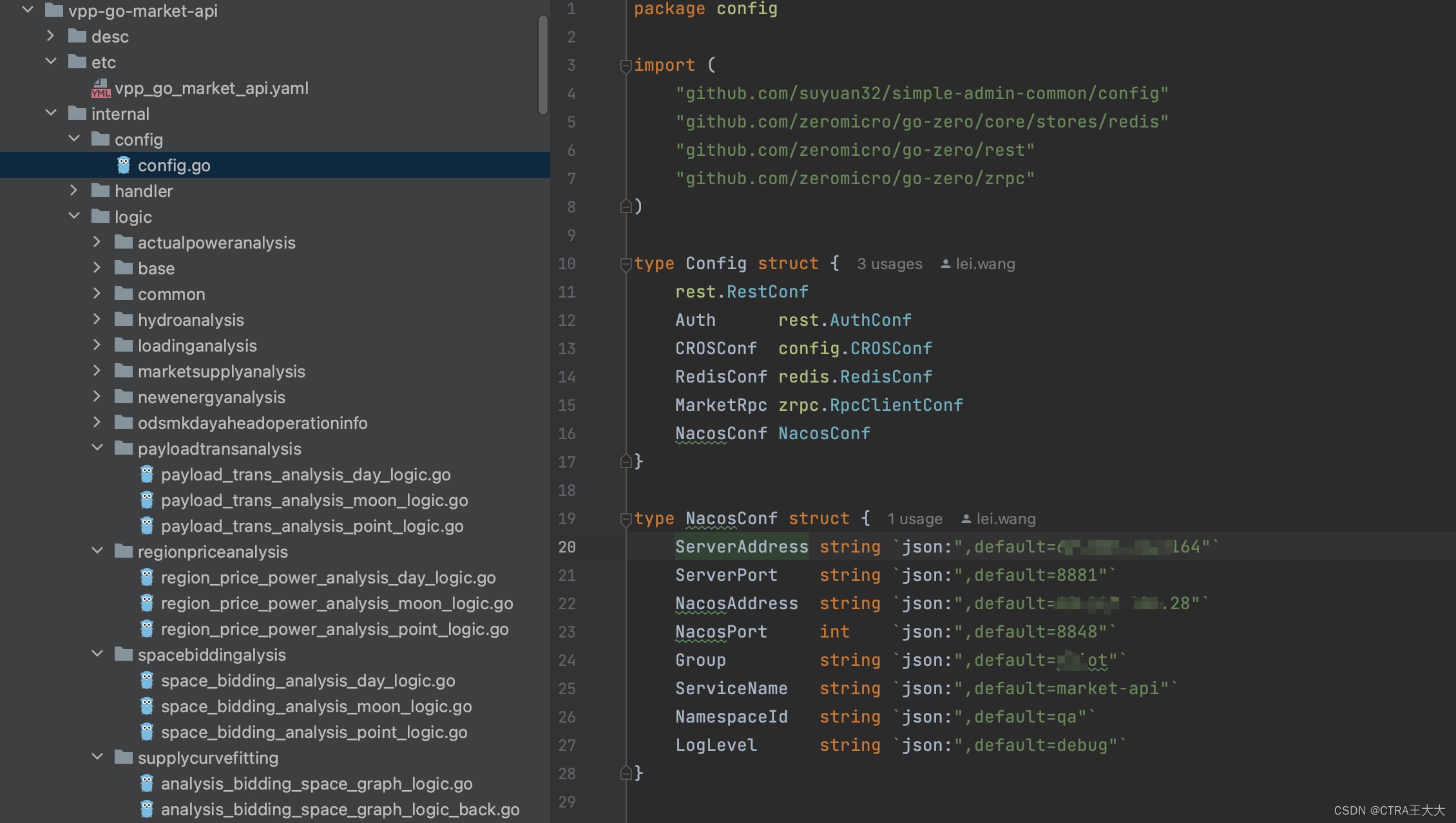张量的创建
- 张量(Tensors)类似于NumPy的ndarrays ,但张量可以在GPU上进行计算。从本质上来说,PyTorch是一个处理张量的库。一个张量是一个数字、向量、矩阵或任何n维数组。

import torch
import numpy
torch.manual_seed(7) # 固定随机数种子直接创建
- torch.tensor(data, dtype=None, device=None, requires_grad=False, pin_memory=False)
- 功能:从data创建tensor
- data: 数据,可以是list,numpy
- dtype: 数据类型,默认与data的一致
- device: 所在设备,cuda/cpu
- requires_grad: 是否需要梯度
- pin_memory: 是否存于锁页内存
torch.tensor([[0.1, 1.2], [2.2, 3.1], [4.9, 5.2]])
tensor([[0.1000, 1.2000],
, [2.2000, 3.1000],
, [4.9000, 5.2000]])- torch.from_numpy(ndarray)
- 功能:从numpy创建tensor
从torch.from_numpy创建的tensor于原ndarray共享内存,当修改其中一个数据,另一个也将会被改动。
a = numpy.array([1, 2, 3])
t = torch.from_numpy(a)依据数值创建¶
- torch.zeros(*size, out=None, dtype=None, layout=torch.strided, device=None, requires_grad=False)
- 功能:依size创建全0张量
- size: 张量的形状
- out: 输出的张量
- layout: 内存中布局形式
- device: 所在设备
- requires_grad: 是否需要梯度
torch.zeros(2, 3)
tensor([[0., 0., 0.],
, [0., 0., 0.]])- torch.zeros_like(input, dtype=None, layout=None, device=None, requires_grad=False)
- 功能:依input形状创建全0张量
- input: 创建与input同形状的全0张量
- dtype: 数据类型
- layout: 内存中布局形式
input = torch.empty(2, 3)
torch.zeros_like(input)
tensor([[0., 0., 0.],
, [0., 0., 0.]])torch.ones(2, 3)
tensor([[1., 1., 1.],
, [1., 1., 1.]])- torch.ones_like(input, dtype=None, layout=None, device=None, requires_grad=False)
- 功能:依input形状创建全1张量
- size: 张量的形状
- dtype: 数据类型
- layout: 内存中布局形式
- device: 所在设备
- requires_grad: 是否需要梯度
input = torch.empty(2, 3)
torch.ones_like(input)
tensor([[1., 1., 1.],
, [1., 1., 1.]])
- torch.full_like(input, dtype=None, layout=torch.strided, device=None, requires_grad=False)
- 功能: 依input形状创建指定数据的张量
- size: 张量的形状
- fill_value: 张量的值
- torch.arange(start=0, end. step=1, out=None, dtype=None, layout=torch.strided, device=None, requires_grad=False)
- 功能:创建等差的1维张量
- start: 数列起始值
- end: 数列结束值
- step: 数列公差,默认为1
torch.arange(1, 2.5, 0.5)
tensor([1.0000, 1.5000, 2.0000])
依概率分布创建张量
torch.normal(mean, std, out=None) : 生成正态分布
# mean为张量, std为张量
torch.normal(mean=torch.arange(1., 11.), std=torch.arange(1, 0, -0.1))
tensor([0.8532, 2.7075, 3.7575, 3.2200, 6.0145, 5.5526, 6.8577, 8.3697, 9.0276,
, 9.8318])
torch.randn(*size, out=None, dtype=None, layout=torch.strided, device=None, requires_grad=False) : 生成标准正态分布
torch.randn(2, 3)
tensor([[1.3955, 1.3470, 2.4382],
, [0.2028, 2.4505, 2.0256]])
torch.rand(*size, out=None, dtype=None, layout=torch.strided, device=None, requires_grad=False) : 在[0,1)上,生成均匀分布。
torch.rand(2, 3)
tensor([[0.7405, 0.2529, 0.2332],
, [0.9314, 0.9575, 0.5575]])张量拼接与切分
torch.cat(tensors, dim=0, out=None) : 将张量按维度进行拼接
x = torch.randn(2, 3)
torch.cat((x, x, x), 1)
#
tensor([[-1.7038, 0.6248, 0.1196, -1.7038, 0.6248, 0.1196, -1.7038, 0.6248,
, 0.1196],
, [-0.8049, 1.6162, 0.2516, -0.8049, 1.6162, 0.2516, -0.8049, 1.6162,
, 0.2516]])
torch.stack(tensors, dim=0, out=None) : 在新创建的维度上进行拼接
torch.chunk(input, chunks, dim=0) : 将张量按维度进行平均切分



















